If you're like us, the first thing you'll want to do is add a different sample to the sketch. I have imported the samples using the programs Audacity (for sound editing, see www.audacityteam.org/download) and HxD (for importing binary data into the source code, see mh-nexus.de/en/hxd). The sample consists of 16384 bytes of 8 bits each, and these are stored in an array in program memory (which is fixed when the program is uploaded, so the sample can't be changed without uploading again). The number 16384 is chosen to be the largest power of two that will fit into the program memory (32256 bytes, and some of this is used for sketch itself).
To give you an idea of how long your sample can be, divide 16384 by your sample rate- eg at 44100Hz (CD quality) 16384/44100 = 0.37 seconds. You could get over 2 seconds if the sample rate is only 8000Hz. I've used 22050Hz, as a compromise, which gives 0.74 seconds. It won't matter if your sample is too long, as the end won't get played, but if it's too short, some of the program code might get played as the sample, and this will probably be very unmusical.
Here is my sample loaded into Audacity. I've set the project rate to 22050Hz, and made sure it's a mono sample (this can be changed by clicking on the arrow above 'Mono, 8000Hz' in the sample windows). You'll also see that the sample is well over 0.74 seconds long. If it's too long (near double the minimum length), the Arduino IDE might complain that it won't fit on the Uno.
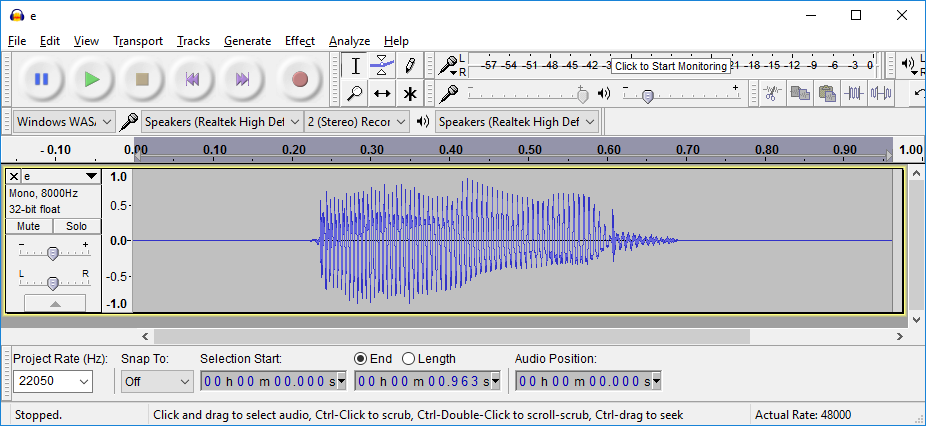
Then we export the sample by clicking File>Export Audio..., choose Other Uncompressed Files, Header:WAV and Encoding Unsigned 8-bit PCM, give the file an easy-to-find name and click Save.
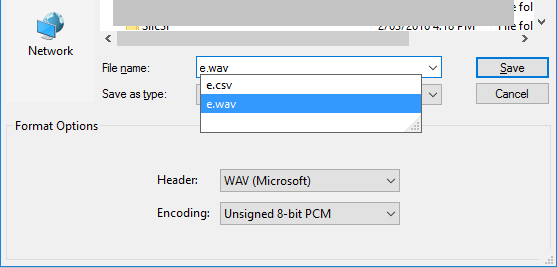
Then we open the saved sample file we just created in HxD.
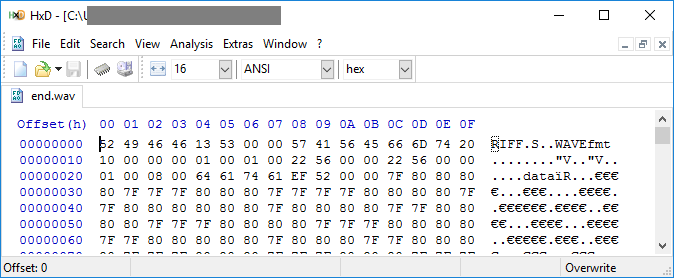
Note that the first few characters of the file look like words- the WAV file format has a 44 byte header, which we don't want to be in the sample. We'll remove them soon. Click File>Export>C, and give this file another useful name.

Then open this file (you might need to select a program- I use both Notepad and Wordpad under Windows).
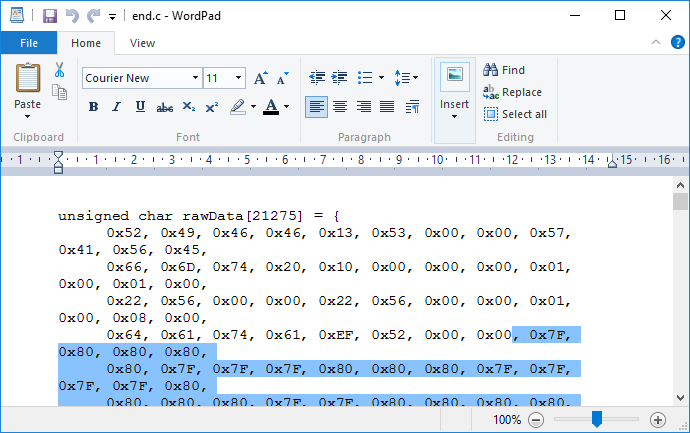
Select all the numbers except the first 44 (they're in rows of twelve, so start with the fourth last character on the fourth line), and copy and paste into the sample.c file in your Arduino sketch.
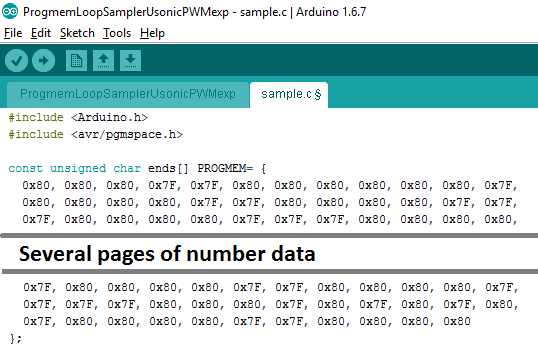
I've given this sample the name 'ends', so to make sure that is the sample that is referenced, change the line on the main sketch page:
OCR2B=pgm_read_byte(&theremin[d>>18]); //load sample
To the same name:
OCR2B=pgm_read_byte(&ends[d>>18]); //load sample
Then compile and upload your sketch. You can have multiple samples in your sample.c file, as long as only one is referenced in the main sketch file- this makes it easier to change between the different samples by changing the name that is referenced.
We've also included two other samples called 'sine' and 'piano' in the sample.c file, so these can be made to work by simply changing the sample name in the line mentioned above.
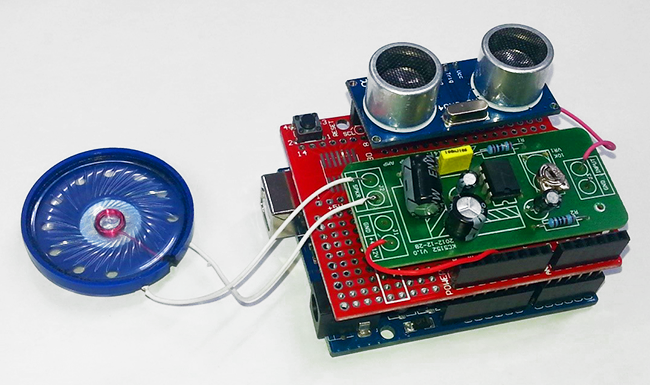


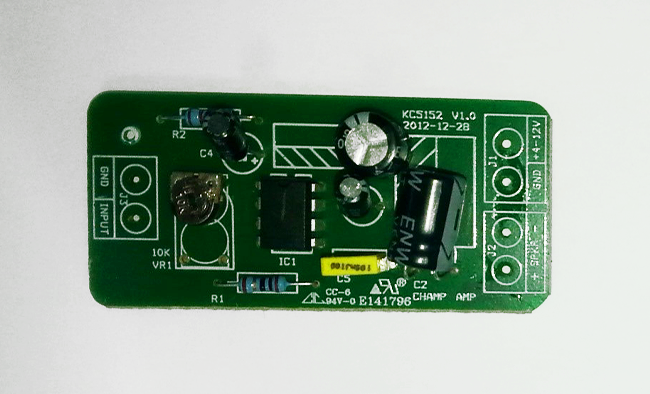
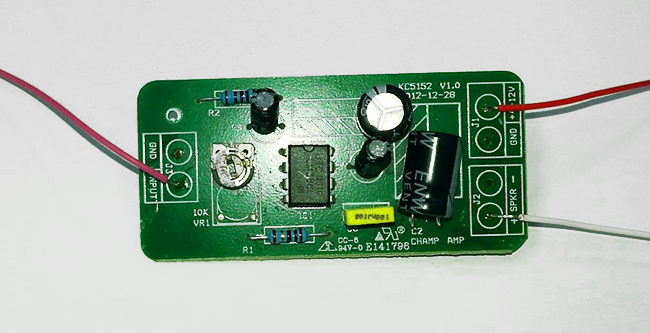
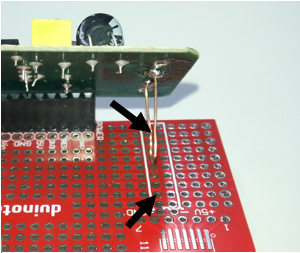
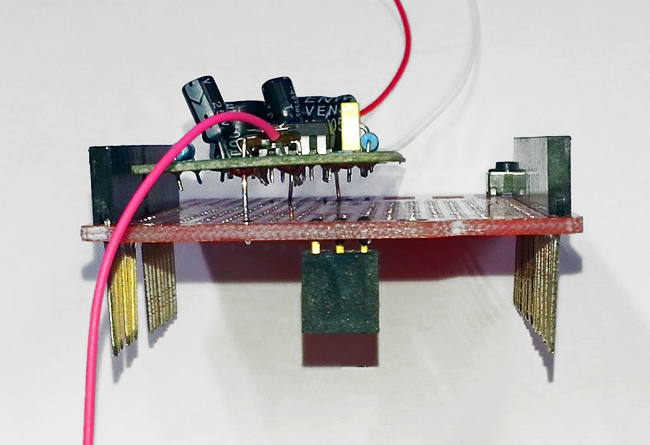








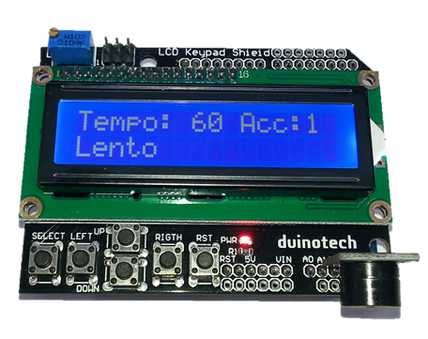

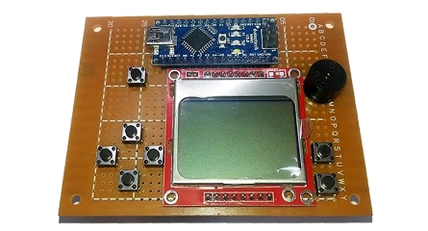
.jpg?branch=prod&format=webp&width=428)